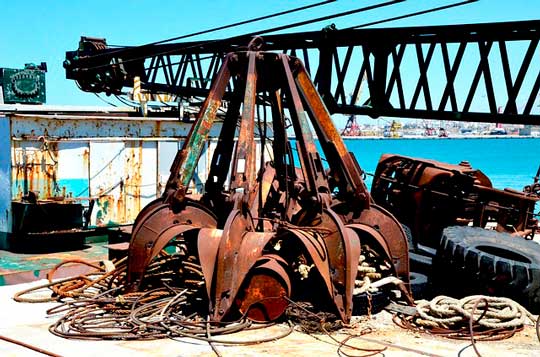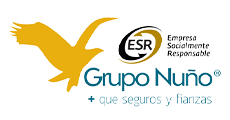Environmental Management Systems in the Logistics Chain
- September 20, 2022
- Posted by: maestro
- Categories: Blog, News

The implementation of ISO 14001 in the transport sector allows the continuous improvement of environment-related management systems, in order to improve environmental performance and economic profit opportunities.
The main advantages of implementing an Environmental Management System based on the ISO 14001 standard are the following:
- Increased environmental efficiency.
- Cost reduction during treatment.
- Reduction in the use of raw materials and energy.

The following documents are an essential part of the Environmental Management System:
- Environmental policy.
- Environmental management manuals.
- Functional procedures.
- Technical instructions.
- Environmental records.
If we focus a little more on the details, we can obtain many more advantages in its implementation:
- Facilitates compliance with current legislation and the organization's environmental policy.
- It anticipates the environmental problems that we may encounter, preventing them from appearing.
- Helps the organization to reduce the pollution emitted by the organization.
- To make records that endorse the environmental performance of the organization.
- Increases the confidence of stakeholders, such as shareholders, investors, employees, suppliers and those who have a business relationship with the company.
To be much more concrete we can define the different advantages in different fields, such as legal, commercialization, marketing, image, investments and environmental costs, production, management.
Legal.
- To organize and improve compliance with the organization's obligations, both formal and material, as required by applicable environmental legislation and to facilitate adaptation to the different changes it has to face.
- It reduces the risk of non-compliance with applicable legislation, thus directly reducing the possible damage that may be caused to the environment.
- Minimizes the risk of potential claims for civil liability of the organization, both civil and criminal.
- Prevents the organization from entering into lawsuits with the administration or other companies for unfair competition.
- It increases the confidence of legislators, shareholders, investors and insurance companies, thus improving the organization's relationship with these people and increasing business capacity.
Marketing.
Improves the differentiation strategies of the products offered by the organization, thus increasing its competition against other organizations that market the same products.
Marketing.
- It facilitates adaptation to the different demands of market users, such as, for example, the dissemination of ISO14001 certification.
- It opens up the possibility of accessing public tenders that require you to have an Environmental Management System in place.
- It increases the possibility of producing large investments, increases cost control and generates new business opportunities.
- Increases the development of new technologies and new products.
Image.
- It greatly improves the image, both internally and externally, of the organization.
- Investments and environmental costs.
- It facilitates the identification of the environmental costs involved in the activity carried out by the organization.
- Increases access to financial aid issued by states for environmental protection.
- It reduces the costs incurred in not performing the management correctly.
- The likelihood of increased costs resulting from bad actions by third parties and affecting the environment is minimized.
- Insurance premiums are reduced for liability issues related to environmental impact.
Production.
Increases and improves the productive processes carried out in the organization, by improving:
- The control and savings made with raw materials.
- Decrease in water consumption.
- Reduce water consumption in the organization.
- To take advantage of waste and minimize its production.
- Control the efficiency of the processes.
- Avoid environmental pollution in transportation.
- Improve the incorporation of new technologies and developments that improve production.
- Production costs are reduced.
Management.
- The company must integrate environmental management into the overall management of the organization.
- Staff working in the organization can help by contributing creativity and participating, and the organization should encourage such participation.
- Different management systems can be integrated, such as Quality Management Systems, Occupational Health and Safety Management Systems, Industrial Safety Management Systems, Communication Management Systems, Information Security Management Systems, etc.
- Environmental Management can be defined as a set of different actions aimed at achieving maximum rationality in all decision-making processes related to the conservation, defense, protection and improvement of the environment.
- An Environmental Management System based on the ISO-14001 standard includes the entire organizational structure of the organization, facilitates the planning of activities, generates responsible for the different processes and must create procedures that create resources that are used to develop, implement, review and update the environmental policy. All objectives should be included in the environmental policy.
- Environmental certification is the accreditation given to an organization that has successfully implemented an Environmental Management System, for which it must demonstrate through audits that it complies with regulations, its ability to prevent and control the effects generated by the organization's activities on the environment.
Author: Ing. Armando González, management systems specialist at Grupo Nuño.
The images and logos published are the property of their respective owners and authors, who have the trademark rights protected by current industrial property legislation, and their application is for educational and informative purposes.
Follow us on Networks:





